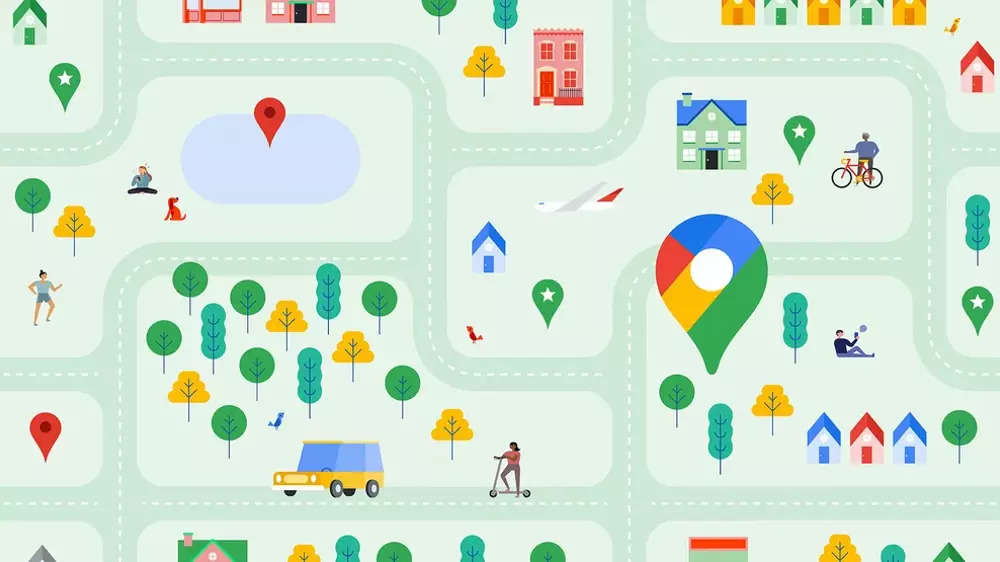[ad_1]
Google Maps is getting three features that allow users to better control their location data and keep this information personal. These build on already available features such as auto-delete and Incognito mode.
Timeline data saved on-device
The Timeline feature in Mapshelps users virtually revisit the places they have been but only if the Location History setting is enabled.Those who have chosen to turn Location History on – which is off by default – the Timeline will be saved on your device. Users can also delete all or part of the information at any time or disable the setting entirely.
“If you’re getting a new phone or are worried about losing your existing one, you can always choose to back up your data to the cloud so it doesn’t get lost. We’ll automatically encrypt your backed-up data so no one can read it, including Google,” the company said.
Furthermore, the auto-delete control in the Location History will be set to three months by default. Previously this option was set to 18 months. This means that any data older than the set time will be automatically deleted. Users can also choose to never delete their Location data.
Delete activity related to specific places from Maps
Google Maps will also enable users to delete activity related to specific places. For example, if users get directions to a vet clinic to get their furballs for checkup and buy goodies for them, they can see all the recent activity on Maps related to the vet clinic in one central place, and delete them. This information may include searches, directions, visits and shares.
Access location controls from the blue dot in Maps
When you open Maps, there is a blue dot that denotes your current location. It is now getting a new purpose of bringing key location controls. Tap it, and at a glance, users will be able to see whether the Location History or Timeline settings are turned on and what access has been given to Maps.
All the three features will start rolling out in the coming weeks on Google Maps on Android smartphones and iPhones.
Timeline data saved on-device
The Timeline feature in Mapshelps users virtually revisit the places they have been but only if the Location History setting is enabled.Those who have chosen to turn Location History on – which is off by default – the Timeline will be saved on your device. Users can also delete all or part of the information at any time or disable the setting entirely.
“If you’re getting a new phone or are worried about losing your existing one, you can always choose to back up your data to the cloud so it doesn’t get lost. We’ll automatically encrypt your backed-up data so no one can read it, including Google,” the company said.
Furthermore, the auto-delete control in the Location History will be set to three months by default. Previously this option was set to 18 months. This means that any data older than the set time will be automatically deleted. Users can also choose to never delete their Location data.
Delete activity related to specific places from Maps
Google Maps will also enable users to delete activity related to specific places. For example, if users get directions to a vet clinic to get their furballs for checkup and buy goodies for them, they can see all the recent activity on Maps related to the vet clinic in one central place, and delete them. This information may include searches, directions, visits and shares.
Access location controls from the blue dot in Maps
When you open Maps, there is a blue dot that denotes your current location. It is now getting a new purpose of bringing key location controls. Tap it, and at a glance, users will be able to see whether the Location History or Timeline settings are turned on and what access has been given to Maps.
All the three features will start rolling out in the coming weeks on Google Maps on Android smartphones and iPhones.
[ad_2]
Source link











More Stories
Most-Downloaded IPhone App: This Chinese app was the most-downloaded iPhone app in the US in 2023
Ukraine’s largest mobile operator goes offline for millions of users after cyber attack
WhatsApp: How the secret WhatsApp group chat with more than 100 top CEOs missed ChatGPT maker OpenAI CEO Sam Altman’s sacking